-
solutinos
-
Hire
Frontend Developer
Backend Developer
-
NodeJS Developer
-
Java Developer
-
Django Developer
-
Spring Boot Developer
-
Python Developer
-
Golang Developer
-
Ruby on Rails Developer
-
Laravel Developer
-
.NET Developer
Technology
-
Flutter Developer
-
React Native Developer
-
Xamarin Developer
-
Kotlin Developer
-
Cross-Platform Developer
-
Swift Developer
-
MongoDB Developer
-
C Developer
-
Smart Contract Developers
Cloud
-
-
Services
Mobile Development
Web Development
- Work
-
Multi Services App
-
Food Delivery App
-
Grocery Delivery App
-
Taxi Cab Booking App
-
Multi Services App
-
OTT Platform APP
-
Social Media APP
-
Freelance Service App
-
Car Rental App
-
Medicine Delivery App
-
Liquor Delivery App
-
Sports Betting App
-
Online Coupon App
-
eLearning App
-
Logistics & Transportation App
-
Courier Delivery App
-
On-Demand Real Estate App
-
E-Wallet APP
-
Online Dating App
-
Handyman Services App
-
-
Process
-
Company
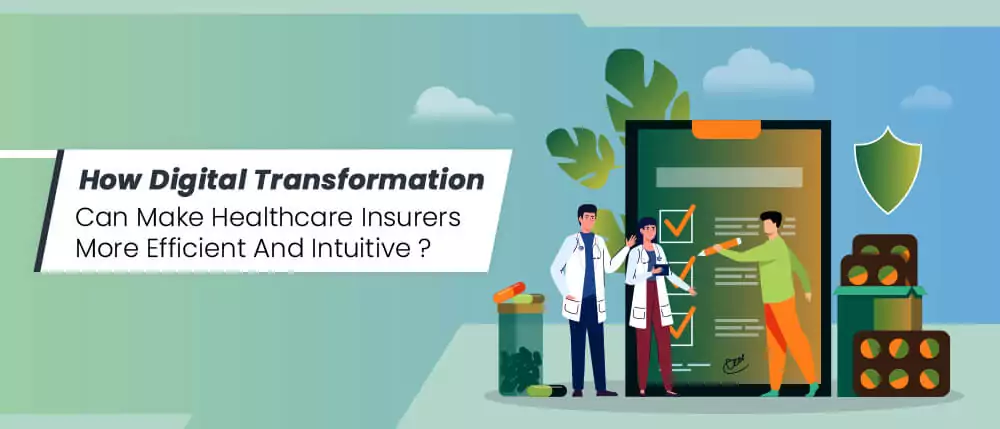
Hello and welcome to the Digital Transformation in Healthcare series.
In our previous post, we understood the basics of digital transformation in the healthcare sector, shed light on the different segments in healthcare, the various technology concepts shaping the industries and sectors and more.
Today, we will go a step further and understand in detail about the first segment in the healthcare sector – health insurance. Healthcare insurance providers have always been battling several shortcomings and downfalls with their market and industry-specific concerns. Even with tech clearly offering substantial solutions, it is only in the recent times that several market players and organizations across the globe are opening up to the concept of digital transformations and implementations in their processes and businesses.
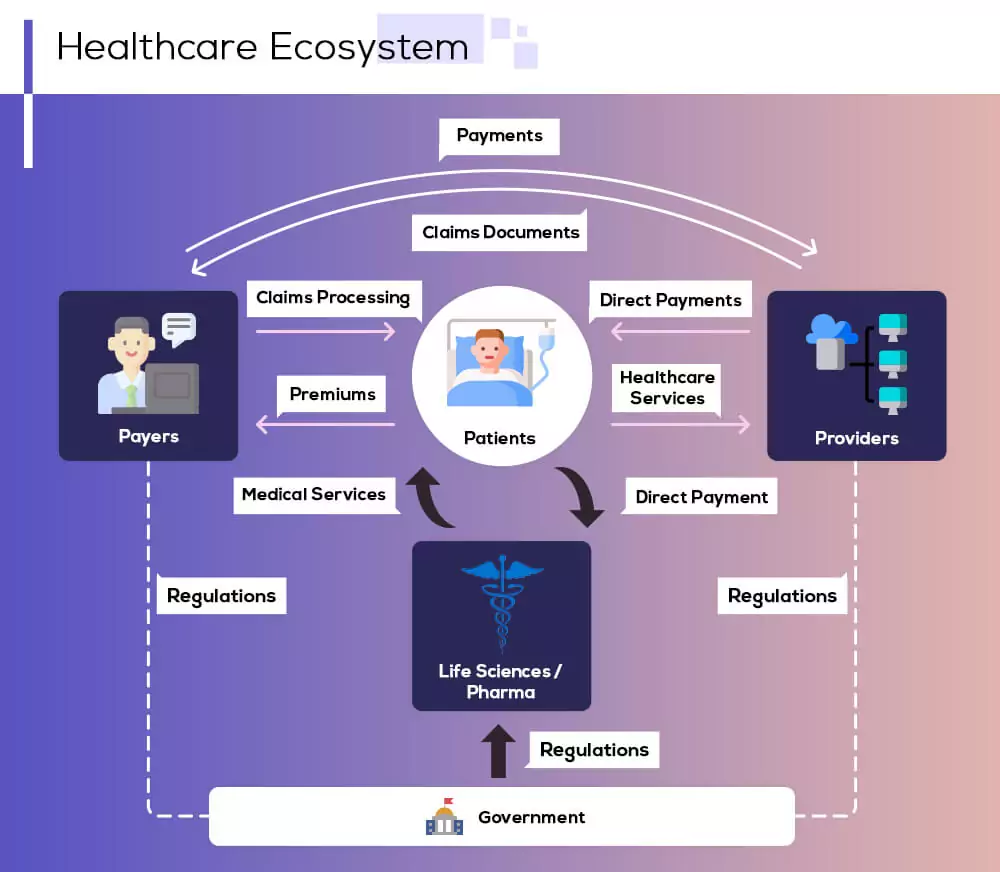
If you are someone who runs a healthcare insurance company or you’re a healthcare insurance consultant or associate working with one, the next few minutes would bring in new perspectives on how you could move ahead with your venture or association forward.
But before we begin, let’s understand why tech intervention is highly required at this stage.
- It cost health insurance companies around $6bn in healthcare insurance frauds.
- Over 18% of the claims made by insurance policy holders get denied by health insurance issuers.
- In the year 2008, this average denial rate was almost 13% and the ones to suffer immensely were the elderly people between 60 and 64.
- There are over 30 million American citizens with no health insurance policies.
- In 2017, healthcare insurance expenditures numbered to around $2.34tn.
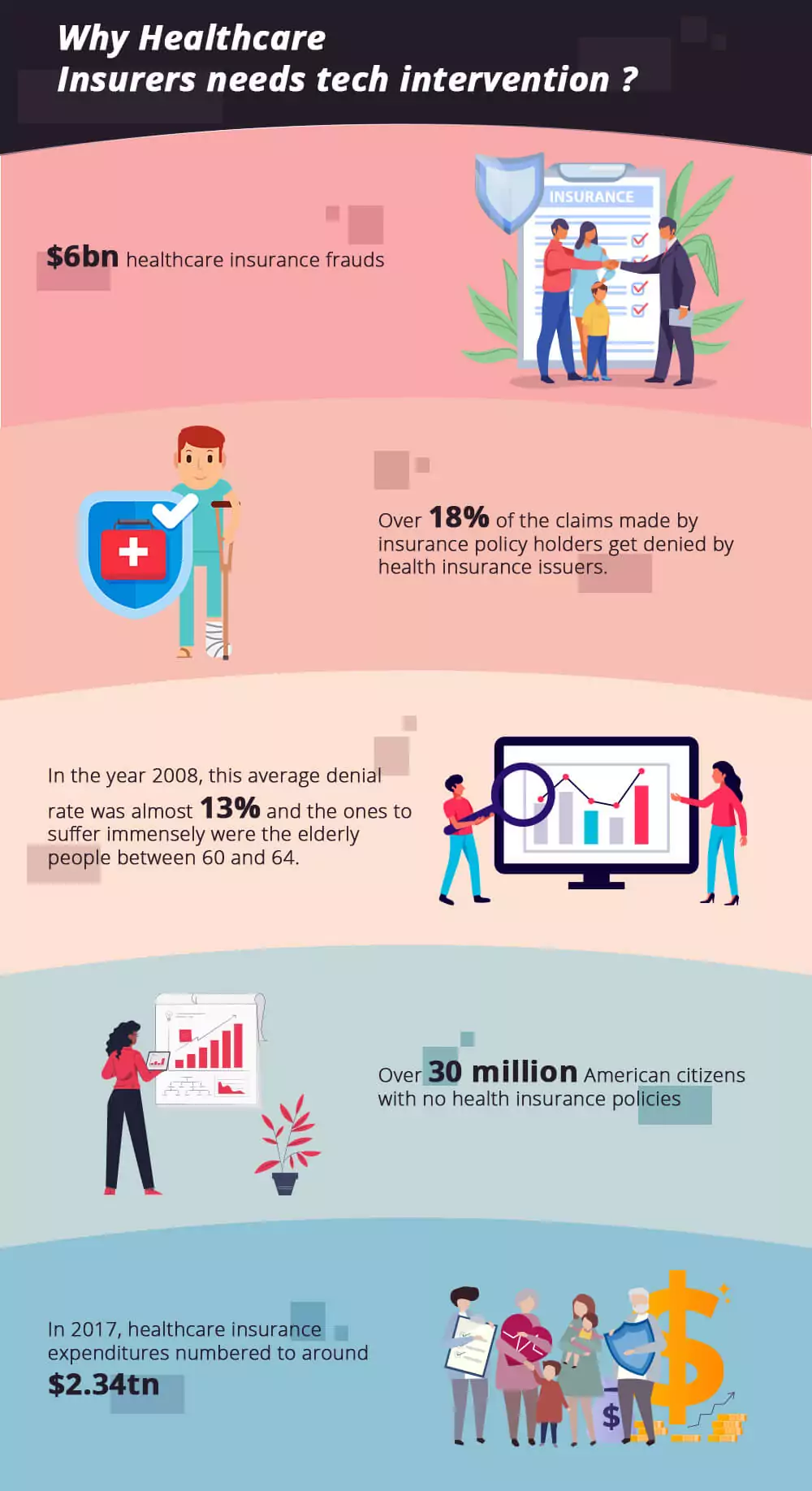
Trends in Digital Transformation for Health Insurers
The healthcare sector has been growing by leaps and bounds of late. It has shunned conventions and adopted more systematic and data-driven mechanisms to facilitate patient care, diagnosis and treatment of diseases. In the healthcare insurance sector, especially, data is being placed at the fulcrum of a majority of business operations.

Healthcare insurance companies are deploying several devices that connect with each other and to a central software, apps and more and are now accessing tons of crucial patient data to make several complex processes such as claims and reimbursements seamless. Concepts like eHealth, telemedicine, IoT (Internet of Things) and more are the driving tech forces in healthcare insurance today.
For further comprehension, let’s look at some key influencers:
- Surging demand for fitness apps and products like wearable health tech devices
- Consistent innovation due to the inevitable need to stay relevant and competitive in the market
- Data interoperability to facilitate better sharing of insights
- Tighter integrations between healthcare insurance providers and insurers for optimized engagements
- Seismic shifts in consumer behavior – today’s consumers are ideally expect adequate and latest updates about their health conditions
- The onset of advanced automation tools and artificial intelligence mechanisms increasing the scope for globalization
Challenges Facing Health Insurance Companies
While the trends do sound futuristic and exciting, a lot of health insurance companies and their outsourced back offices implement outdated practices and workflows that are costing them a lot in terms of money and money's worth. In order to bring about radical changes, what we need to do is understand the most common shortcomings prevailing and then sort them out one at a time.
If yours is a health insurance venture, check out if these challenges ring a bell to you.
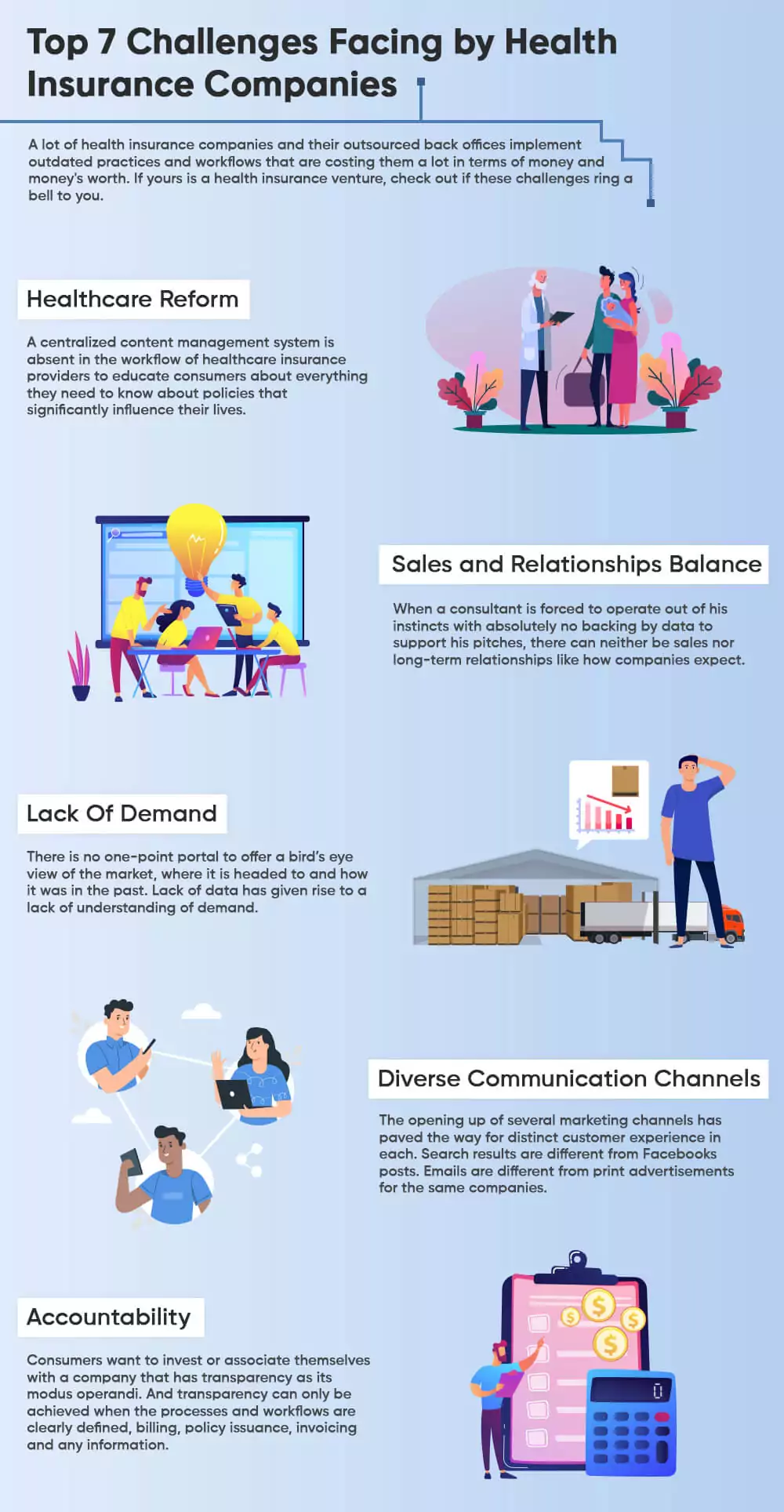
Healthcare Reform
Healthcare reforms have evolved, adapted, removed and rewritten at every stage of our life. With the new representative or authority, healthcare reforms have been changing in terms of their policies, products, inclusions/exclusions, the understanding of them and more.
With the reforms being volatile, it’s highly difficult for consumers to be completely aware of healthcare reforms and suggest the most ideal products to seekers. There is a dire need for healthcare insurance providers to educate consumers about what each reform means to them, their impact in their monthly budget, inclusions and exclusions, the most ideal product or plan for their financial and health standings and more.
A centralized content management system is absent in the workflow of healthcare insurance providers to educate consumers about everything they need to know about policies that significantly influence their lives.
Sales and Relationships Balance
An ideal balance between sales and relationships between consumers and healthcare insurance providers can be achieved only when a consultant has insights that are data-driven. Not all consumers come with the same insurance policy requirements. A consultant needs to personalize their sales pitch based on the consumer they are about to talk to. The product they would pitch to a newly-wed couple is very different from the product a 65-year-old elderly person would want as a health insurance policy. The entire terms and conditions are different, premiums are different, inclusions and exclusions of coverages are different and more.
When a consultant is forced to operate out of his instincts with absolutely no backing by data to support his pitches, there can neither be sales nor long-term relationships like how companies expect.
Lack Of Demand
Product discovery is a very crucial phase in the launch of a new product. It thoroughly assesses the demand for a new product in the market by analysing tons of data touchpoints on existing products, the need for one, the strengths and weaknesses of existing products and more. All this data allows companies to visualize this information to get a clear idea about the demand in the market. But currently, that hardly seems to be the case. With consumer behaviour being volatile and no substantial touchpoint to assess the market conditions and demand-supply mechanisms in healthcare insurance, consultants and providers have a tough time cracking the market. There is no one-point portal to offer a bird’s eye view of the market, where it is headed to and how it was in the past. Lack of data has given rise to a lack of understanding of demand.
Diverse Communication Channels
At one point, insurance companies could probably feel that there are more marketing and communication avenues than the number of products they offer. They also feel the market becoming too cluttered with several medium and small-sized companies aiming for a space among the biggies. Through digital and search engine optimizations and sponsored posts, the insurance market is one cluttered avenue that is hard to make your way through.
The opening up of several marketing channels has paved the way for distinct customer experience in each. Search results are different from Facebooks posts. Emails are different from print advertisements for the same companies. From a customer perspective, this fails to nail the trust that insurance companies intend to establish. The face, platform and touchpoints of interactions are different and this is their very weakness.
Valuable Consumer Insights
Like we mentioned earlier, the lack of substantial data puts insurance companies in a sketchy spot in offering the ideal product or even coming up with a new product in the market. Data lies at the centre of health or general insurance and it is through this data that aspects of premiums, coverages, policies and more are predicted, modified and presented. The lack of a single touchpoint to generate and retrieve this data makes it difficult for insurance consultants to offer substantial services.
Use of Complex Languages In Policies
One of the primary reasons why insurance companies dictate the need for a consultant in the process is to simplify the complex language implemented on paper. The language speaks of authority, legal jargons and complex terminologies that are difficult to comprehend for laymen, who are ultimately the buyers. Since these terms are also subjective and subjected to interpretations, one needs a representative to help consumers steer through the obligatory aspects. The lack of it makes it difficult in the market today.
Accountability
Consumers want to invest or associate themselves with a company that has transparency as its modus operandi. And transparency can only be achieved when the processes and workflows are clearly defined, billing, policy issuance, invoicing and any information that consumers need to know is clearly maintained in a central database or portal. When information or data lies scattered, it gives rise to a chaotic workflow where crucial insights that consumers would demand could go missing or worse, compromised. The lack of substantial digital portals prevents companies from being accountable in the market.
Defining the progressive path toward tech modernization – Health Insurance Solutions
If these are overwhelming, let us clarify that just like how we’ve identified the challenges, we have also curated the most ideal solutions to them. If you have identified the shortcomings you’re facing from what we’ve mentioned, one or more of the solutions below should help you out.

Insurance Policy Administration Systems
The solution to several problems begins with the right administrative tool. When your processes are streamlined, aligned to your vision, organized and at one single place, a new clarity is involuntarily born. With the right administrative tool, you could
- Deploy one single platform for all of your diverse product lines
- Automate processing of applications
- Ensure data transparency for applicants
- Personalize your services keeping in mind a customer’s journey in the funnel
- Drastically bring down time to market for your new products
- Minimize operational costs
- Simplify premium calculations and coverages and more
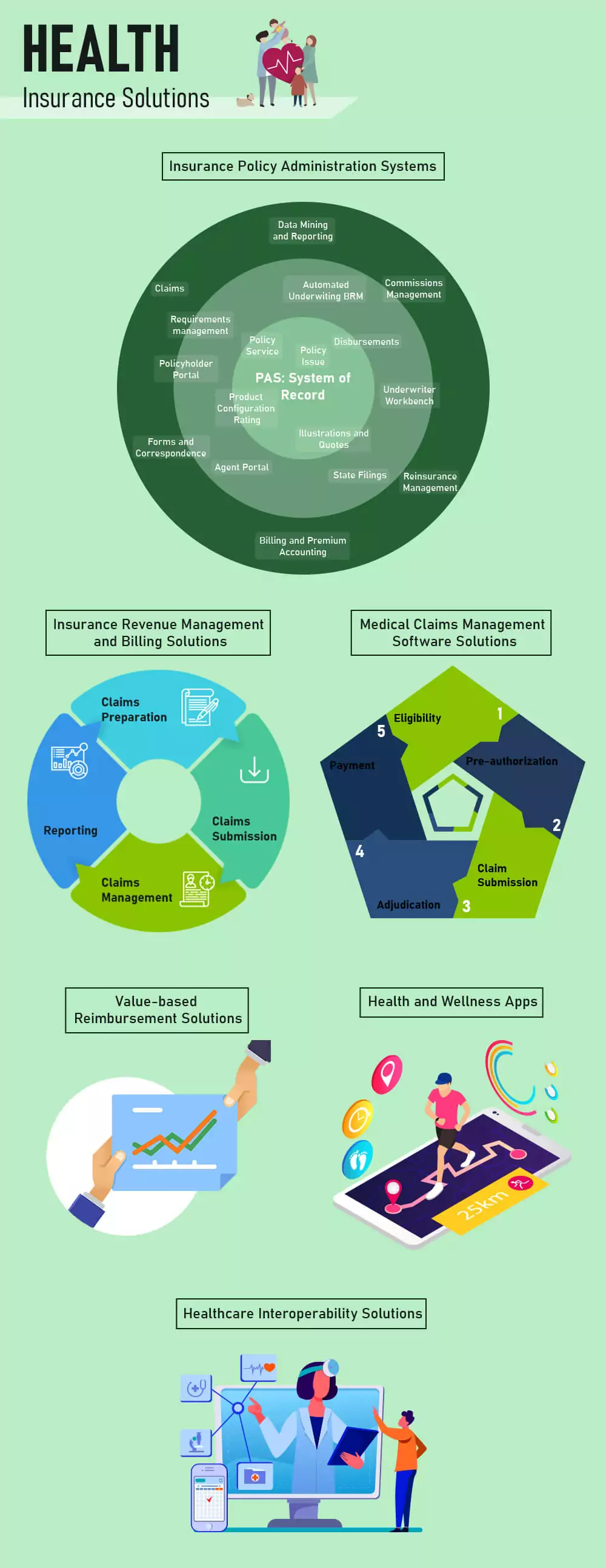
Insurance Revenue Management and Billing Solutions
In this aspect, we are talking about an enterprise app or software that could completely take care of your revenue management and billing aspects. With this implementation, you could pave the way for:
- One consolidated bill presenting a consumer’s coverages
- Optimize billing accuracies for group bills
- Support diverse products for group payers of all company sizes
- Automate fees, adjustments and billing processes
- Facilitate pricing methods that could be based on life-change events
- Offer reconciliation services for self-billed consumers and more
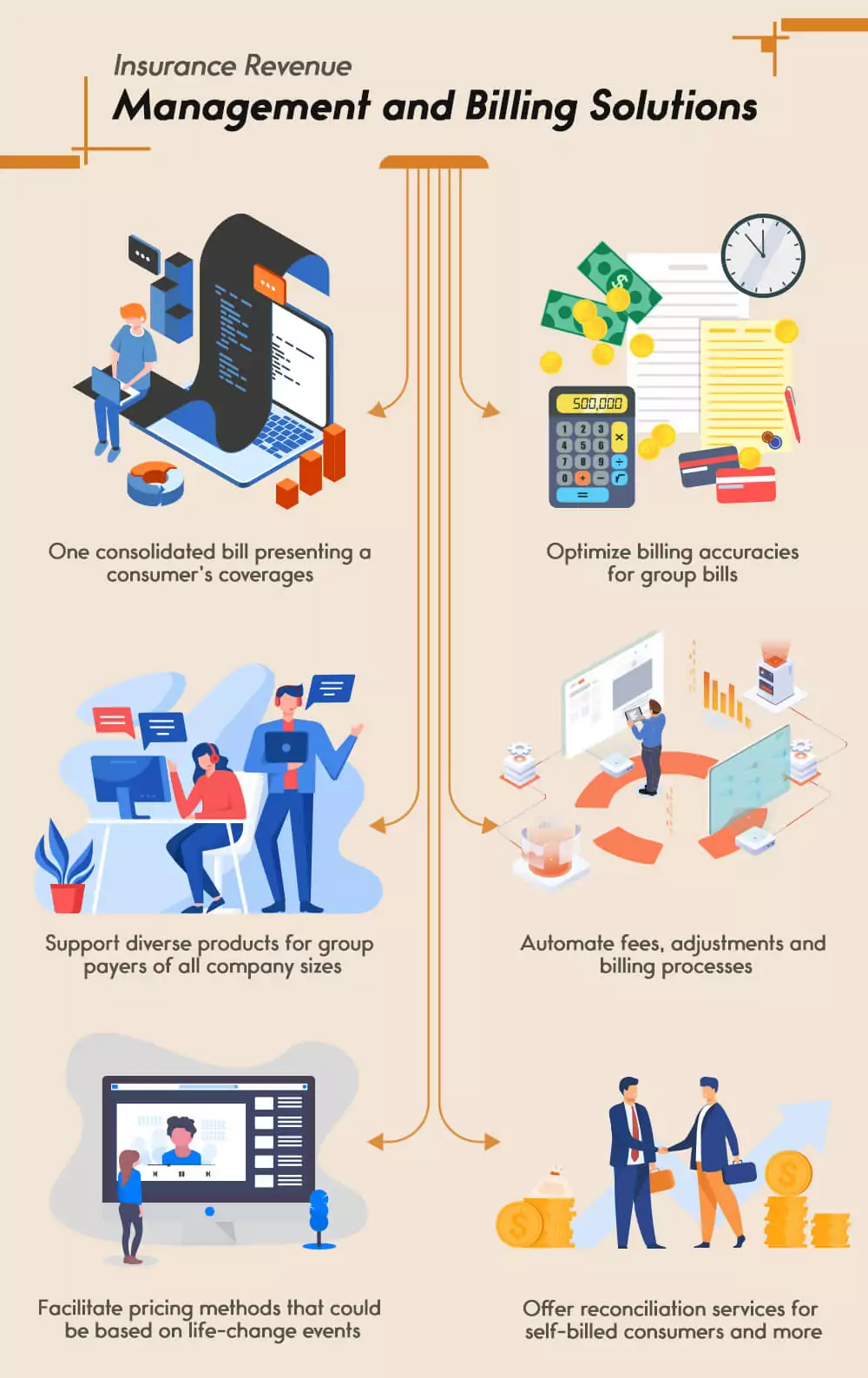
Medical Claims Management Software Solutions
This is probably the most time-consuming and tedious process in the health insurance cycle. But with the deployment of the right tech infrastructure, immense changes could be brought out. This will allow you to:
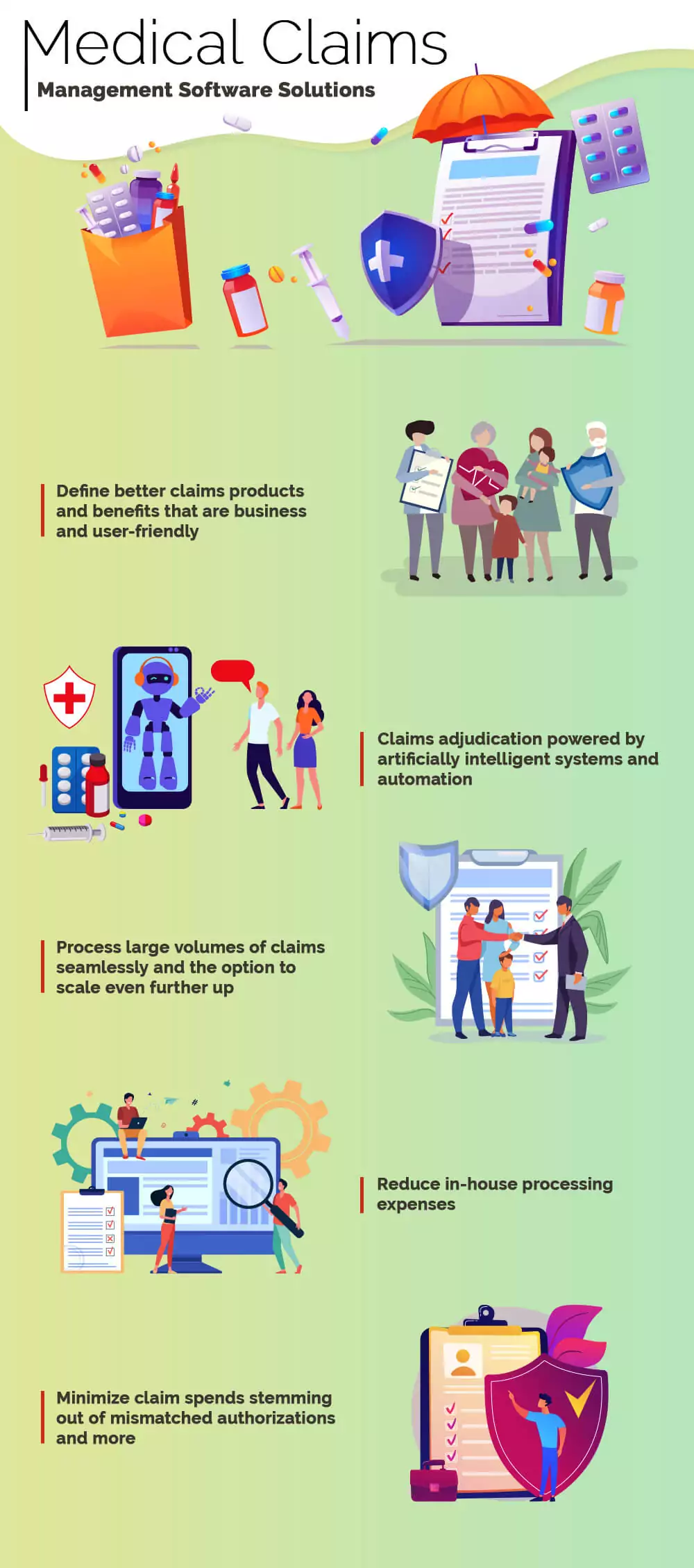
- Define better claims products and benefits that are business and user-friendly
- Claims adjudication powered by artificially intelligent systems and automation
- Process large volumes of claims seamlessly and the option to scale even further up
- Reduce in-house processing expenses
- Minimize claim spends stemming out of mismatched authorizations and more
Value-based Reimbursement Solutions
Reimbursement of expenses is complex and with value-based payment systems replace fee-for-service options, it only becomes more difficult. However, this could be implemented with the right tech setup that is agile, flexible, quick and has ideal systems to trigger payments and offer diverse calculation methods.
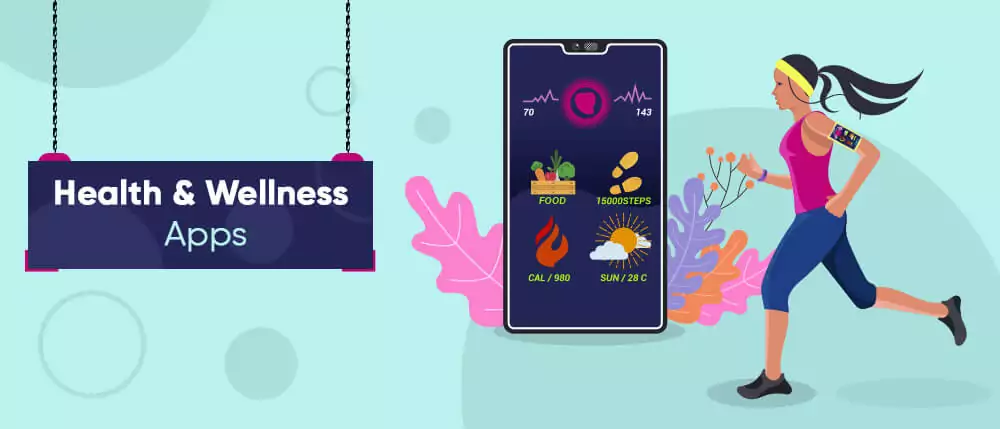
Digital health is the implementation of a solid wellness ecosystem that involves all the stakeholders in the insurance chain – payers, sponsors, providers and members. Digital health addresses all inevitable aspects in health insurance, ultimately optimizing the wellness of the consumer. This is done through ideal engagements with consumers, through indigenous apps developed and launched specifically for this, making health and wellness information accessible at all times and more.
Interoperability is one of the biggest benefits of digital transformations in healthcare insurance. Interoperability refers to the making of storing, accessing and retrieving of healthcare data to everyone in the healthcare chain involved. This is a repository, where patient data is stored and facilitates health exchange among clinics, doctors and other authorized users. This reduces operating costs, optimizes the diagnosis process and improves outcomes. Generally, patient data includes the following details:
- The medical history of the patient
- Patient documents such as discharge summary
- Patient-specific attributes such as allergies
- Medications of the patient and more
Case Study
To understand how digital transformation or tech intervention in healthcare insurance is game-changing, let’s look at the real-world example of UnitedHealthcare. The company resorted to tech implementations to improve its operational efficiencies and reduce healthcare expenses.
To give you a little more complex, the CEO of the company - Steve Nelson - commented that the health system was actually confusing and quite difficult to navigate. To simplify a myriad of complex things in the system, UnitedHealthcare launched an array of products and innovations including the pregnancy mobile health application, virtual consultations and the digital wellbeing solution - Rally.
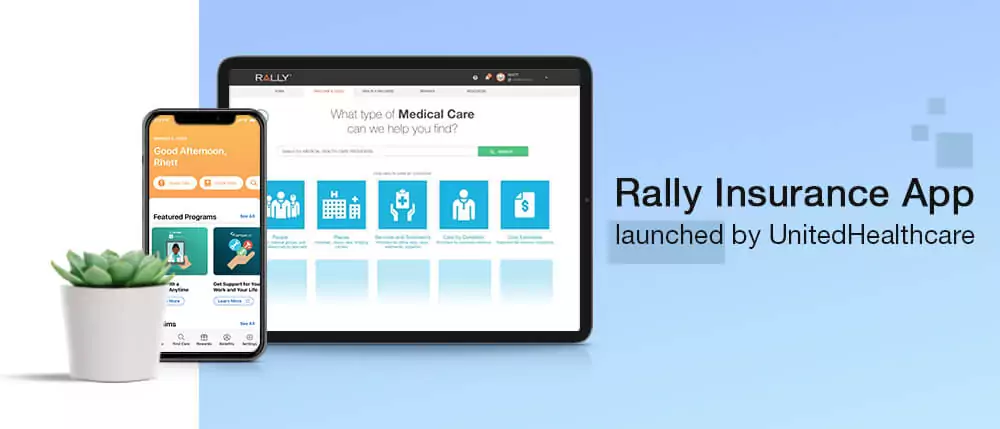
Rally is an app that makes use of online tools users can use to compare a number of insurance policies for their benefits and expenses, look for healthcare providers, take part in wellness programs and do more. Cut to a few months, the company reported over 18 million people registering with Rally.
Besides this, the company also collaborated with DexCom, Inc,. and rolled out an extensive glucose management program for patients suffering from Type-2 diabetes. This revolutionary idea makes use of wearable tech to serve its purpose and help patients manage their conditions in real time.
Another application called PreCheckMyScript was also launched by UnitedHealthcare that made renewing prescriptions by doctors faster. Linked to the company’s physician health portal, it allows doctors to initiate a pharmacy trial claim prior to writing prescriptions to their patients.
Not just that, to speed up the onboarding process, UnitedHealthcare also implemented a digital onboarding process, where up to 3000 employees could enroll in their services. Clients can personalize their plans based on their health and financial conditions.
To explain benefits of plans and policies to laymen, the company also offers video explanations online that seamlessly explains claims processing and other details in a sequential manner. To make its services intuitive, efficient and personalized, UnitedHealthcare spends almost $3.2bn annually in data, insights and innovation
The Future Of Health Insurance Companies
Like we mentioned before, the future looks all promising and tech-loaded in the healthcare insurance realm. We envision enterprise software applications fueled by advanced algorithms, bots that could crack The Turing Test, digitized health insurance plans that stem out of customer data, data integration among insurance companies and hospitals and more.
The incorporation of Big Data and data science in health insurance applications will make it seamless to manage, access and retrieve related to hospital transactions, patient health, clinical reports and health insurance records.
Considering the advancements happening today, let’s just safely assume this is simply the beginning.
If you’re someone who intends to adapt to the sea of changes happening in this sector and benefit from digital transformations, get in touch with us today. From recommending the most ideal tech infrastructure to developing a mammoth enterprise software, we will transform your business for scalability, growth and profits.
Get in touch today.